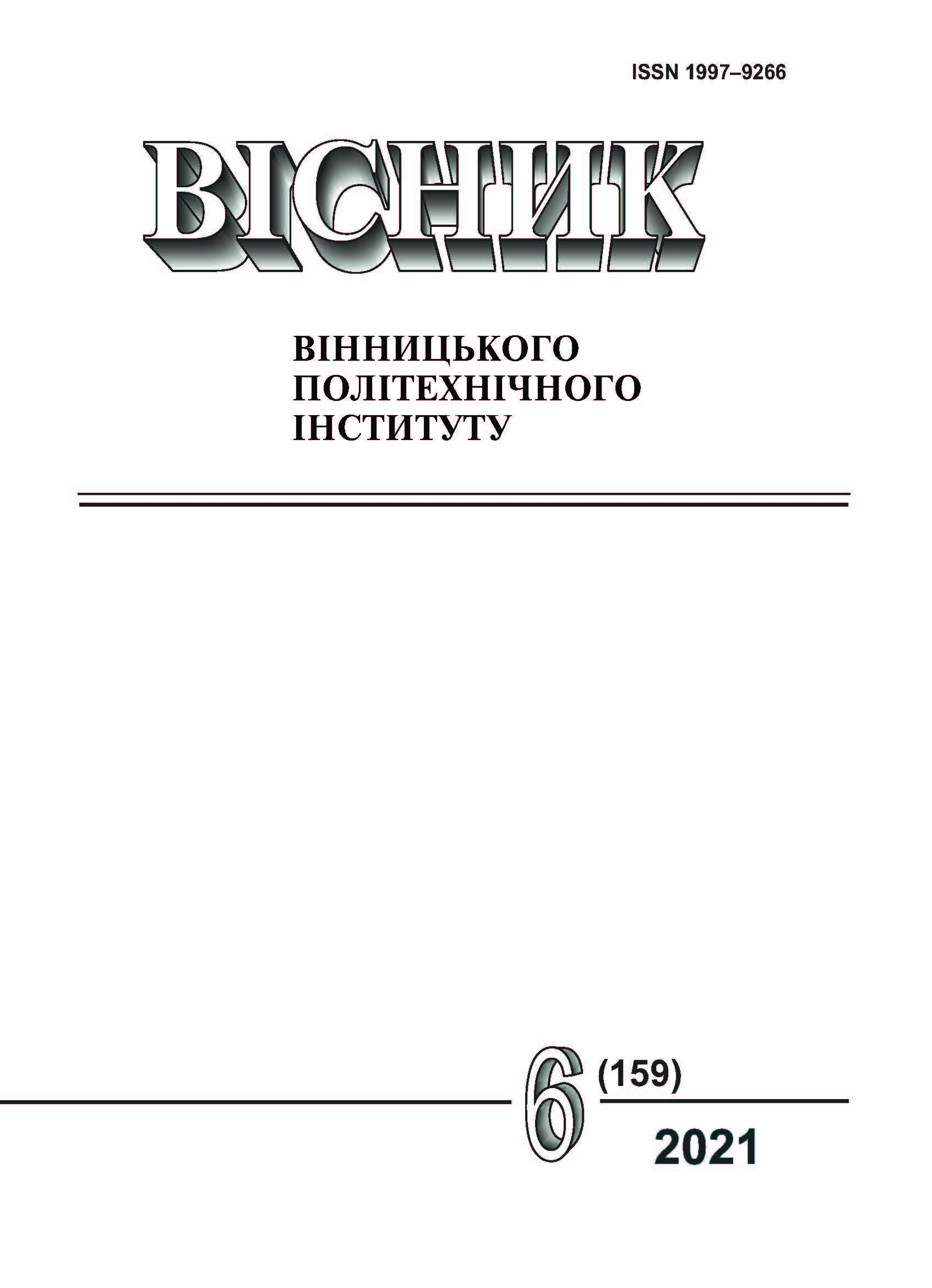Use of the Method of Branches and Boundaries to Optimize the Development of Electrical Networks of Complex Energy Systems
DOI:
https://doi.org/10.31649/1997-9266-2021-159-6-64-69Keywords:
electric network, power system, optimization of functioning, technical and resource constraints, network elementsAbstract
The issues of development and use of methods and algorithms for optimizing the development of electrical networks of power systems that provide an effective solution to the problem of development, implementation of technical and resource constraints in the form of equalities and inequalities are considered. The essence of the proposed method of branches and boundaries is to break down the set of options for network development into disparate subsets and the consistent exclusion of subsets of unpromising solutions. Thus, to each subset external and internal estimations are put in accordance. At the decision of a problem of a choice of an optimum variant of development of a network of fragmentation of subsets is carried out on a sign of presence or absence in the considered subset of this or that branch. To determine the external and internal estimates at each optimization step, the shortest electrical networks must be found and the transport problems with intermediate traffic for the subsets of comparable electrical network development options must be solved. It should be noted that since the number of subset fractions depends on the order of consideration of acceptable branches of the electrical network, the efficiency of using the method of branches and boundaries depends significantly on the efficiency of the branch selection algorithm at each optimization step. Since the number of possible options for the development of the electrical network is a finite number, after performing a number of steps of fragmentation of the set of remaining options, the development will be so small that the exact lower limit of change in the cost function of each of the remaining subsets can be determined. The variant of network development that corresponds to the smaller of the lower limits is optimal. The proposed algorithm, which uses the method of branches and boundaries, has a fairly high level of convergence, resistance to the choice of initial approximations.
References
В. А. Баженов, Модели оптимального развития энергосистем, учеб. пос. Киев: КПИ, 1984, 100 с.
В. А. Баженов, «Використання методів лінійного програмування для оптимізації розвитку електричних мереж сучасних енергосистем,» Вісник Вінницького політехнічного інституту, № 2, с. 93-97, 2016.
Т. Л. Кацадзе, В. А. Сулейманов, і В. А. Баженов, «Моделі та методи оптимізації розвитку основних мереж енергосистем в умовах ринкових відносин,» Енергетика: економіка, технології, екологія, № 4, с. 58-66, 2014.
В. Г. Кузнецов, Б. И. Тугай, и В. А. Баженов, Оптимизация режимов электрических сетей. Киев: Наукова думка, 1992, 216 с.
Д. А. Арзамасцев, А. В. Липес, и А. Л. Мизин, Модели оптимизации развития энергосистем, учебн. для электроэнергет. спец. вузов, Д. А. Арзамасцев. Ред. М.: Высш. школа, 1987, 272с.
Д. Химмельблау, Прикладное нелинейное программирование. Москва: Мир, 1975, 534 с.
Downloads
-
PDF (Українська)
Downloads: 292
Published
How to Cite
Issue
Section
License

This work is licensed under a Creative Commons Attribution 4.0 International License.
Authors who publish with this journal agree to the following terms:
- Authors retain copyright and grant the journal right of first publication.
- Authors are able to enter into separate, additional contractual arrangements for the non-exclusive distribution of the journal's published version of the work (e.g., post it to an institutional repository or publish it in a book), with an acknowledgment of its initial publication in this journal.
- Authors are permitted and encouraged to post their work online (e.g., in institutional repositories or on their website) prior to and during the submission process, as it can lead to productive exchanges, as well as earlier and greater citation of published work (See The Effect of Open Access).





